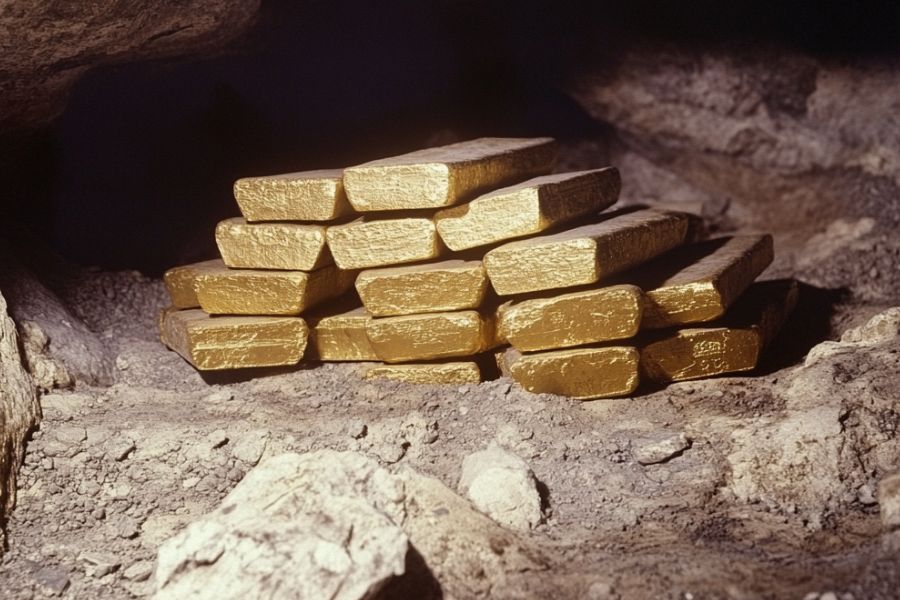In North Dakota, stories of lost gold, outlaw loot, and forgotten fortunes are buried in the dirt underfoot, left behind by those who came before us.
Some say there’s enough hidden treasure scattered across the state to make a modern-day explorer’s heart race.
Folks near Kensal still talk about a wagon full of gold that vanished into the prairie over a century ago. Down in the Badlands, rumors linger of stolen cash stashed in caves or tucked under rocky cliffs by bandits on the run.
These tales aren’t campfire gossip. They’re pieces of our history, waiting for someone sharp-eyed enough to spot a clue.
Every cracked jar or glint in the soil could be a piece of the past. Who knows your backyard might hold the next big discovery.
The Hidden Treasures of North Dakota Waiting to Be Discovered
Discover some of the most intriguing and valuable treasures that remain hidden in North Dakota:
Lost Treasure of Heart River – $1,000,000+
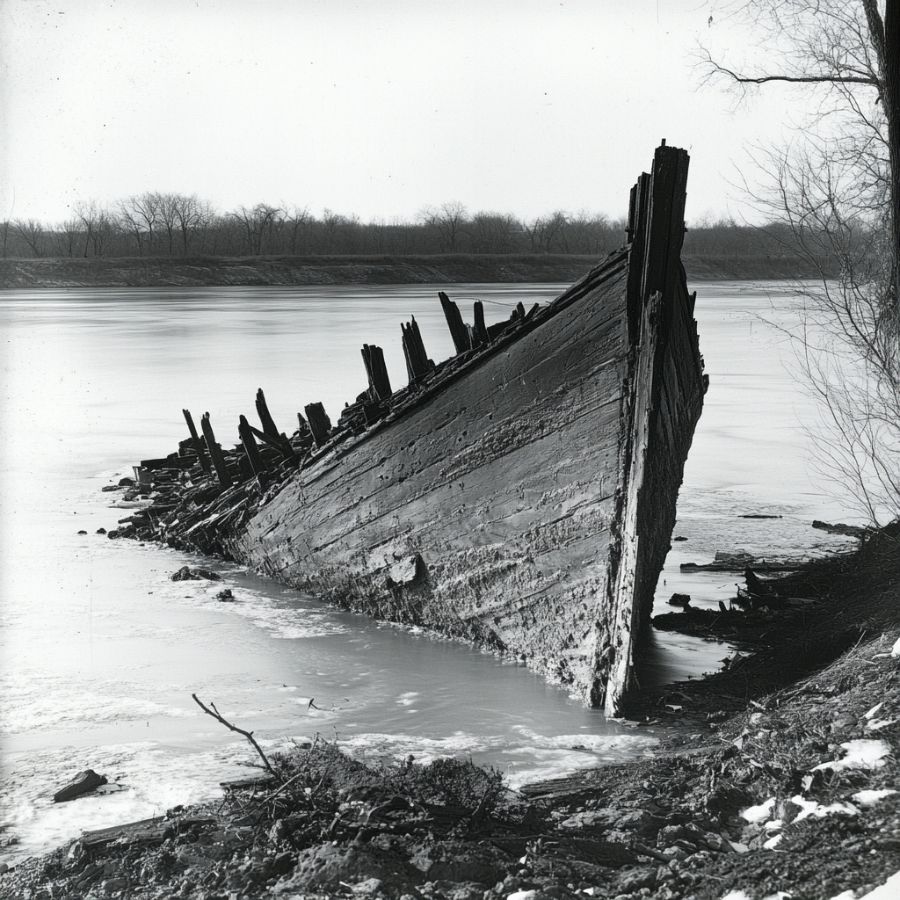
In the summer of 1863, a group of miners traveled by boat along the Missouri River. They carried gold from Montana mines to trade for supplies in settlements downstream.
Near where the Heart River meets the Missouri, Yanktonai Dakota warriors attacked their boat. The miners fired a small cannon to defend themselves, but the warriors punctured the boat. It sank quickly, taking the gold with it.
Some stories say Dakota fighters later traded pieces of gold for bullets. The rest of the treasure stayed underwater, buried under mud and sand.
Early settlers reported seeing Dakota warriors with gold coins in the years after the attack. This gold likely came from the miners’ lost cargo. Modern estimates focus on the value of the gold, not artifacts.
How much the treasure would be worth today
The sunken gold could be worth over $1 million today.
Engelhardt Hill Treasure – $200,000+
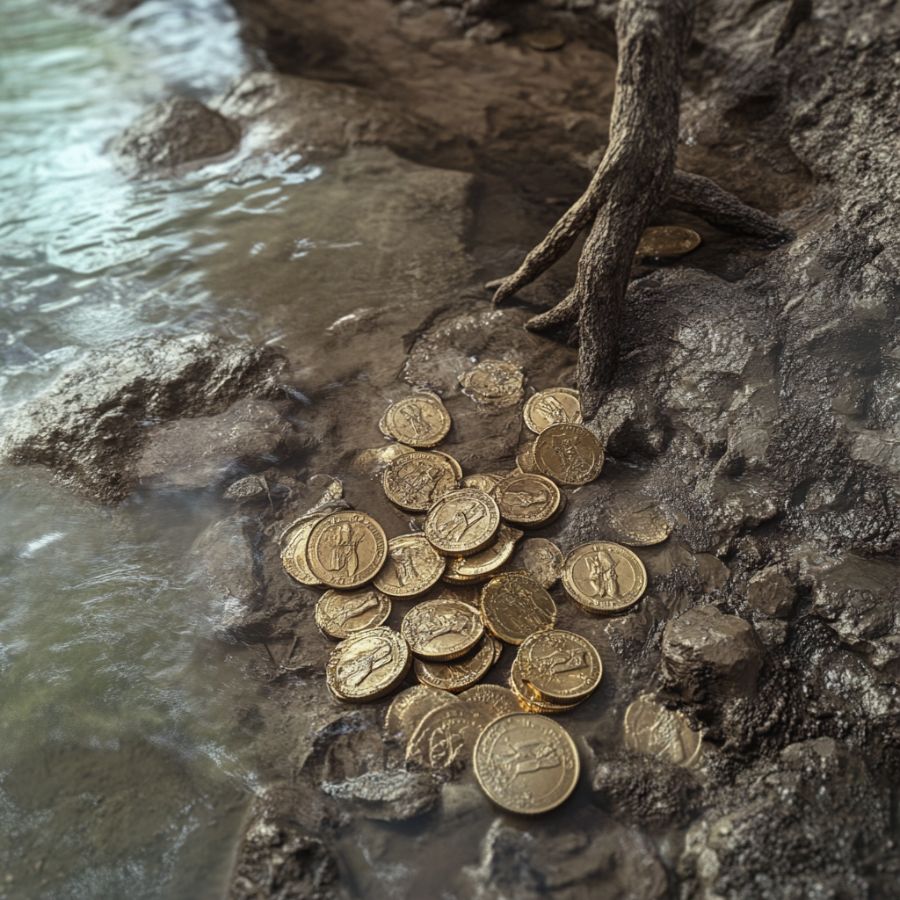
In 1878, a military payroll shipment left Fort Abraham Lincoln. A stagecoach driver transported $2,000 in gold coins to a remote army post.
During the trip, the driver feared an attack by warriors. He buried the gold near Engelhardt Hill, between Hebron and Glen Ullin. The driver was killed before he could retrieve it.
Searches in the 1880s found nothing, but the story spread. Early ranchers reported odd rock piles on the hill, but no gold surfaced.
The area’s dry soil and lack of landmarks make the exact hiding spot hard to pinpoint. The gold coins would be rare today due to their age and military connection.
How much the treasure would be worth today
The buried payroll would now be valued at around $200,000.
Doctor Dibb’s Lost Gold Mine – $10,000,000+
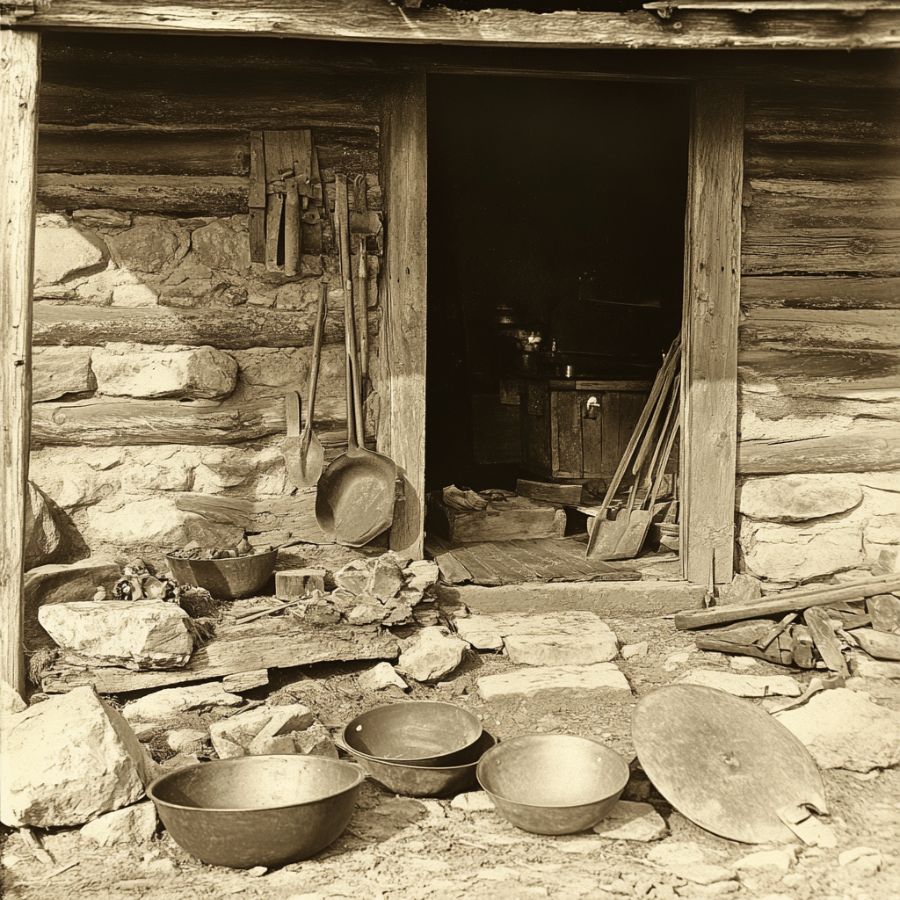
Dr. William Denton Dibb moved to North Dakota in 1882. He worked as a doctor but also searched for gold in the Deep Creek area.
In 1891, Dibb claimed he found a gold vein near the Grand River. He showed neighbors tiny flakes of “flour gold” in his pan. Dibb bragged about the discovery but refused to share the location.
After his death in 1904, people found maps in his journals pointing to Bowman County.
A settler named Carl Hanson found gold flakes in the Grand River in 1910. This matched Dibb’s claims, but no mine was found.
How much the treasure would be worth today
The mine’s gold could be worth more than $10 million.
Buried Cache near Bismarck – $150,000+
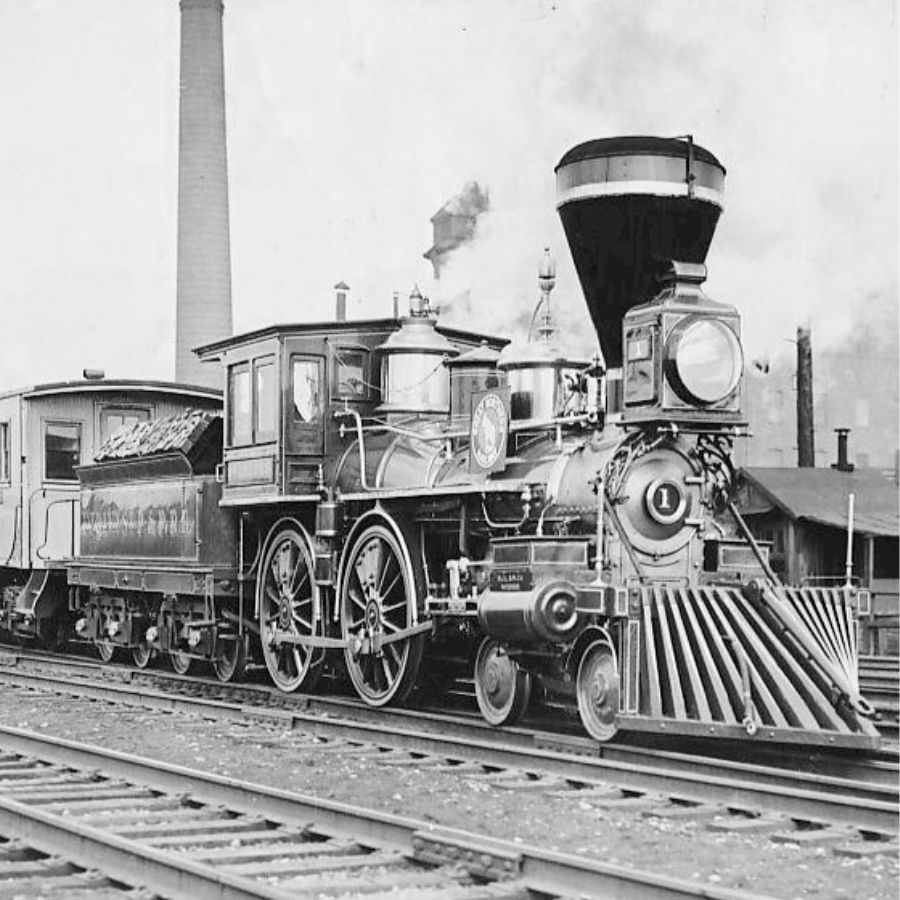
In the 1880s, Bismarck was a railroad town filled with settlers and traders. A group of outlaws robbed stagecoaches carrying money and jewelry.
Law enforcement reports from 1886 mention a robbery where the thieves escaped with a strongbox. Witnesses saw them digging near the river east of town. The outlaws were arrested weeks later, but the stolen goods were never recovered.
The cache might include gold coins or silver bars. The soil near the Missouri River often floods, which could have shifted the hiding spot.
How much the treasure would be worth today
The stolen goods could total $150,000 today.
Hidden Treasure in the Hills Near Mantador – $250,000+
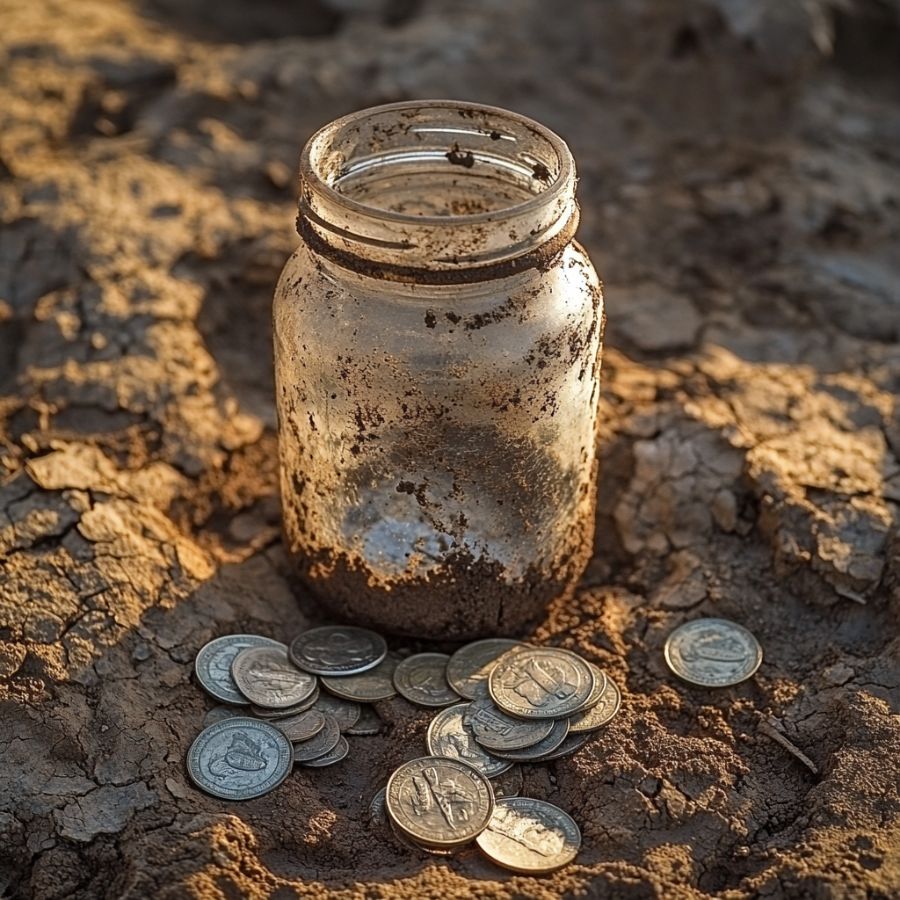
In the 1920s, farmers near Mantador found strange holes in the hills. Some thought they were animal dens, but others found broken tools nearby.
A local story says a family fleeing the Dust Bowl in 1933 buried savings in jars. They planned to return but never did. Another theory ties the treasure to a 1915 bank robber who escaped into the area.
The hills have rocky soil and few landmarks, making searches tricky. In 1978, a construction crew found an empty iron box in the area. No one knows if it was connected to the treasure. The hidden items might include coins, jewelry, or paper money.
How much the treasure would be worth today
The hidden items could range from $50,000 to $250,000.
Sitting Bull’s Hidden Cache – $2,000,000+
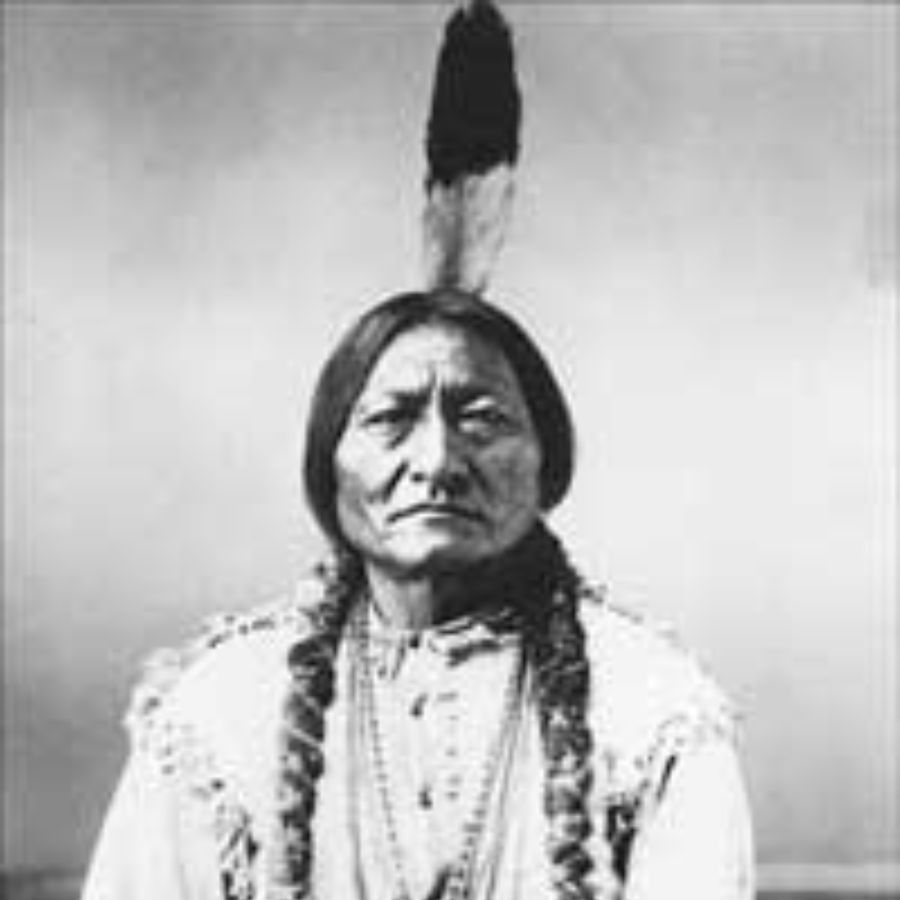
Sitting Bull, a Hunkpapa Lakota leader fought to protect his people’s land from settlers. After his death in 1890, soldiers took his cabin and personal items.
Lakota stories say he hid sacred objects near the Standing Rock Reservation.
The reservation’s landscape changed with new roads and farms. Some elders described hiding spots near rock formations or old trails. Winter storms and summer rains have eroded the soil, possibly covering the items deeper.
How much the treasure would be worth today
The ceremonial items could sell for $2 million.
Barge in the Missouri Near Fort Rice – $1,000,000+
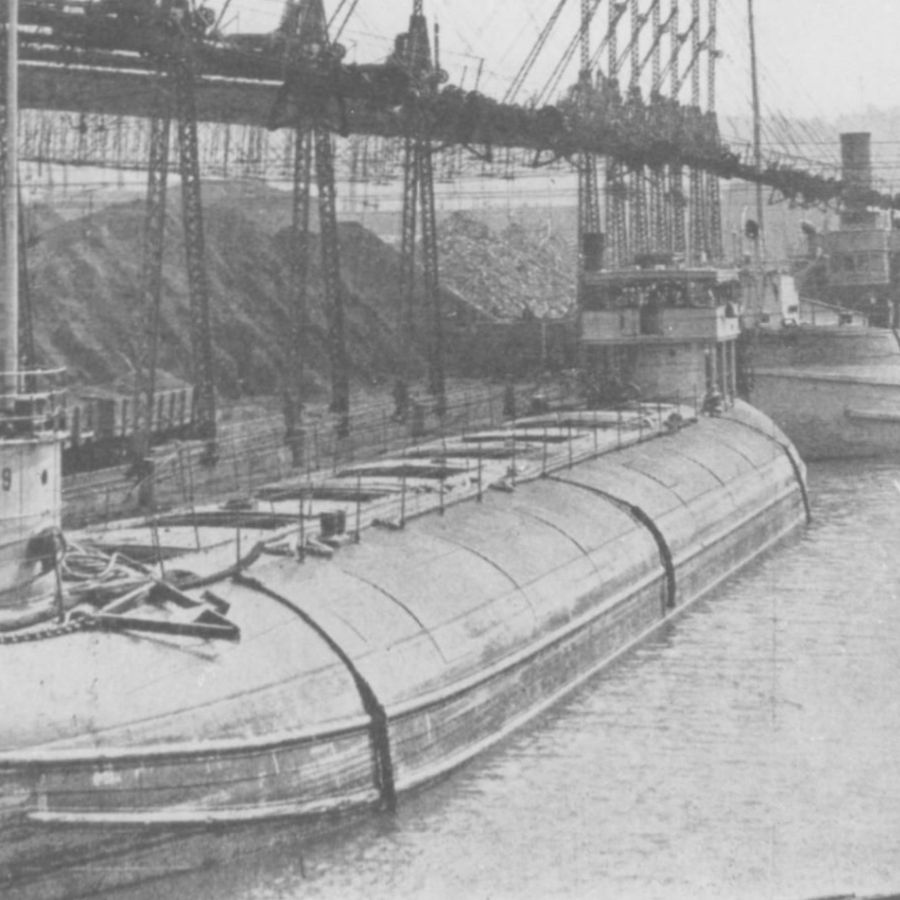
In 1865, the steamboat Bertrand carried supplies to Montana gold miners during the rush. The boat was packed with tools, clothing, and luxury goods like perfume and fine china.
On its journey up the Missouri River, it hit a submerged log near DeSoto Bend, close to Fort Rice. The collision ripped open the hull, sinking the boat in minutes. Most of the cargo sank into thick river mud.
Over 500,000 items were recovered in 1968. However, some crates of gold coins meant for miners’ payrolls were never found.
Fort Rice, built to protect settlers, became a landmark near the wreck. The area’s murky waters and shifting sandbars make searching difficult.
How much the treasure would be worth today
The missing gold coins could be worth $1 million today.
Lost Gold of the Dakota Badlands – $750,000+
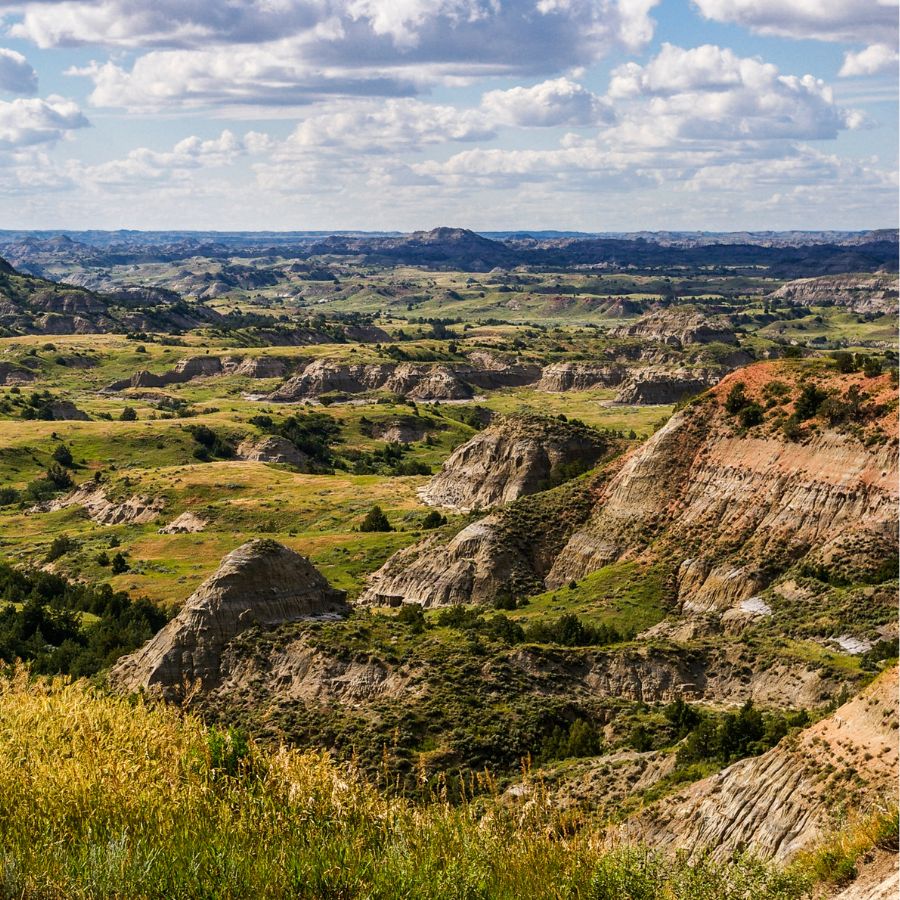
In the 1870s, rumors of gold in western North Dakota drew prospectors to the jagged cliffs and dry valleys of the Badlands. Miners used pans to sift through streams, finding tiny flakes called “flour gold.”
The fine particles stuck to their tools but were too small to collect in meaningful amounts. Many gave up after weeks of backbreaking work under the scorching sun.
Geologists studying the area in the 1930s confirmed traces of gold in black sand deposits along eroded creek beds. Heavy rains often expose these layers, sparking short-lived rushes.
Maps from old mining camps show claims near Painted Canyon, but no major veins were ever recorded.
How much the treasure would be worth today
The Lost Gold of the Dakota Badlands could total $750,000 today.
Fort Union Trading Post Treasure – $300,000+
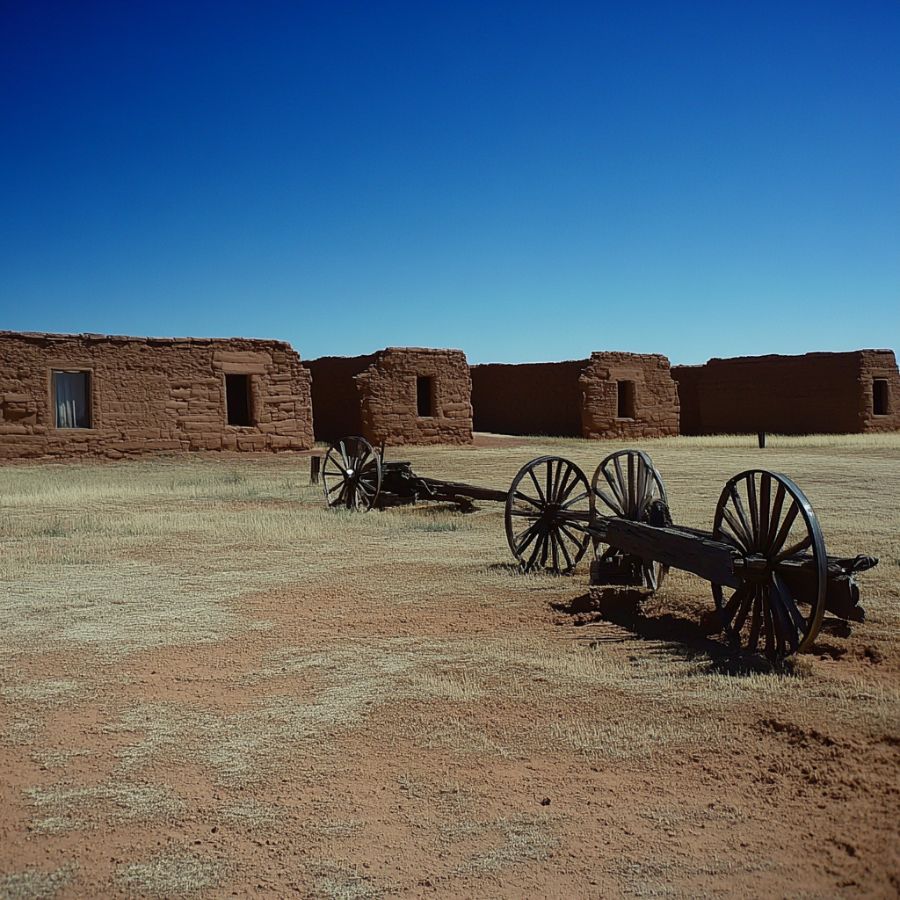
Fort Union was the biggest fur trading post on the Upper Missouri in the 1800s. Tribes traded buffalo robes for beads, guns, and blankets.
During conflicts with Sioux warriors in the 1860s, traders buried valuables to protect them. These caches included beaver pelts, silver coins, and brass buttons.
The fort was rebuilt in 1961 using old blueprints. Archaeologists found broken bottles and tools in the 1970s. Some workers claim they saw hints of deeper storage pits under the walls.
How much the treasure would be worth today
The buried furs and coins might be worth $300,000.
The Treasure of Sakakawea – $500,000+
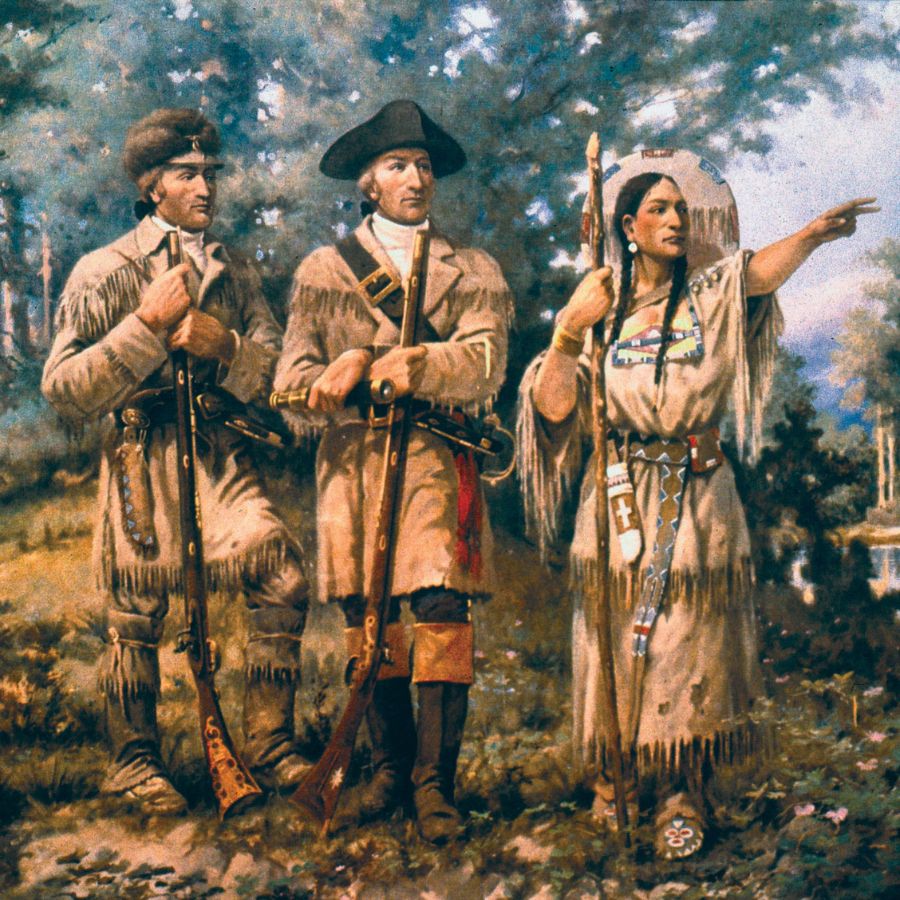
Sakakawea guided Lewis and Clark through the West from 1804 to 1806. She lived at Awatixa Village near the Knife River with her husband, a French trader.
After the expedition, she received gifts like glass beads and a silver peace medal. Some say she buried these items to keep them safe.
The village’s earth lodges collapsed over time, leaving round depressions in the ground. Floods from the Knife River washed away parts of the site.
In the 1990s, metal detectors found iron tools near the riverbank. No one has uncovered the peace medal or journals yet.
How much the treasure would be worth today
The expedition artifacts might fetch $500,000.
The Medora Stagecoach Robbery Loot – $1,000,000+
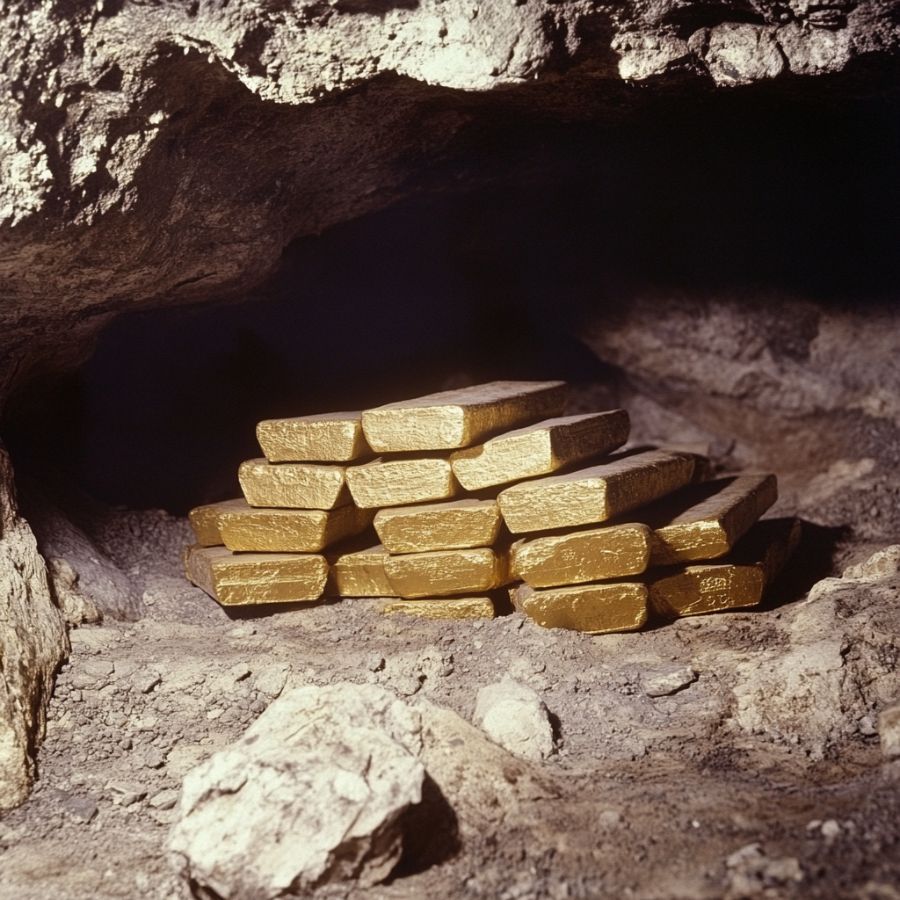
In 1878, a stagecoach carrying gold and cash from Deadwood to Bismarck rumbled through the Badlands near Medora. The Homestake Mining Company shipped $27,000 in gold bars and coins for payrolls and supplies.
Outlaws led by Cornelius “Lame Johnny” Donahue ambushed the coach at Canyon Springs Station. They shot the guards, cracked the iron strongbox, and fled with 700 pounds of gold.
The gang split up, hiding some loot in caves. Lawmen caught and hanged Donahue, but only $10,000 was recovered.
Theodore Roosevelt, who ranched nearby, wrote about the lawless era in his journals. He described the Badlands as a place where “men disappeared and gold vanished.” The remaining gold bars could still lie under sagebrush or riverbanks.
How much the treasure would be worth today
The missing gold could be worth $1,000,000 today.
Treasure of the Black Hills – $1,500,000+
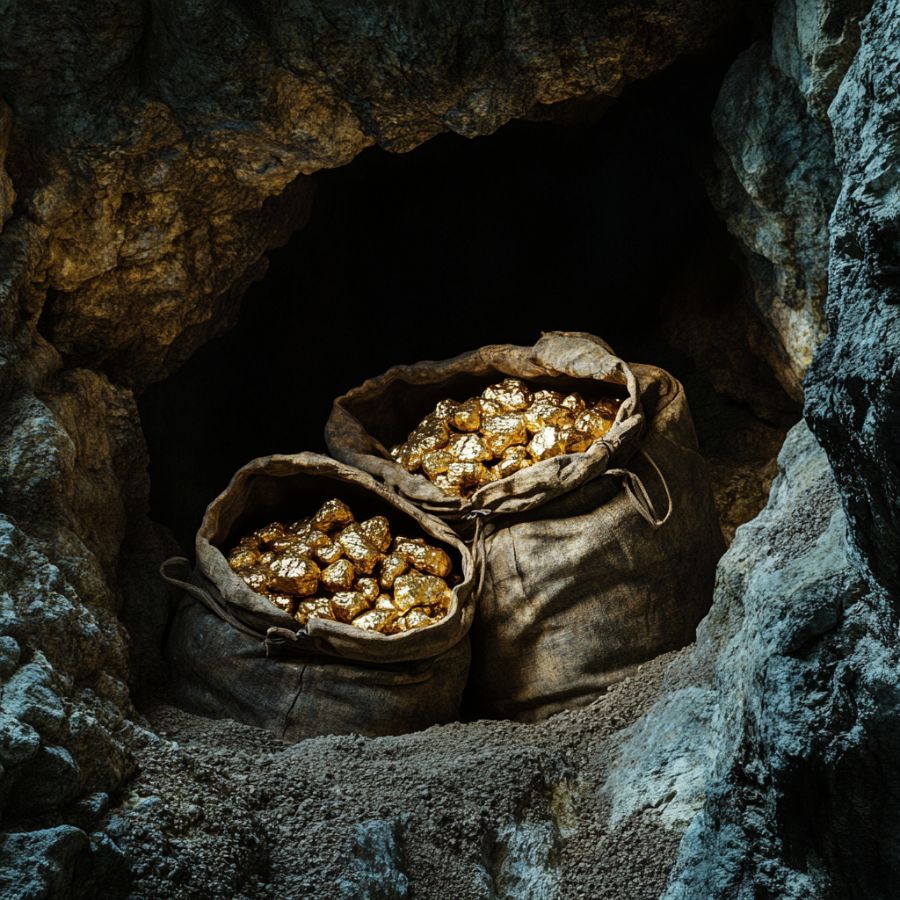
The Treasure of the Black Hills is steeped in mystery, with one of its most tantalizing legends being the outlaw treasure linked to the infamous stagecoach heists of the 1870s.
During the Black Hills gold rush, stagecoaches transporting gold from mines like the Homestake to railroads in Cheyenne were prime targets for outlaws. In 1876, a wagon carrying gold nuggets from Deadwood to Cheyenne vanished near Buffalo Gap, sparking rumors of buried treasure.
Many believe the outlaws buried their loot in dry creek beds or hidden caves, intending to retrieve it later.
Modern geology confirms that gold is present in the region, fueling hopes that the outlaw treasure still lies hidden, waiting to be discovered.
How much the treasure would be worth today
Hidden gold here might total $1.5 million.
Lost Soldier’s Cache – $1,000,000+
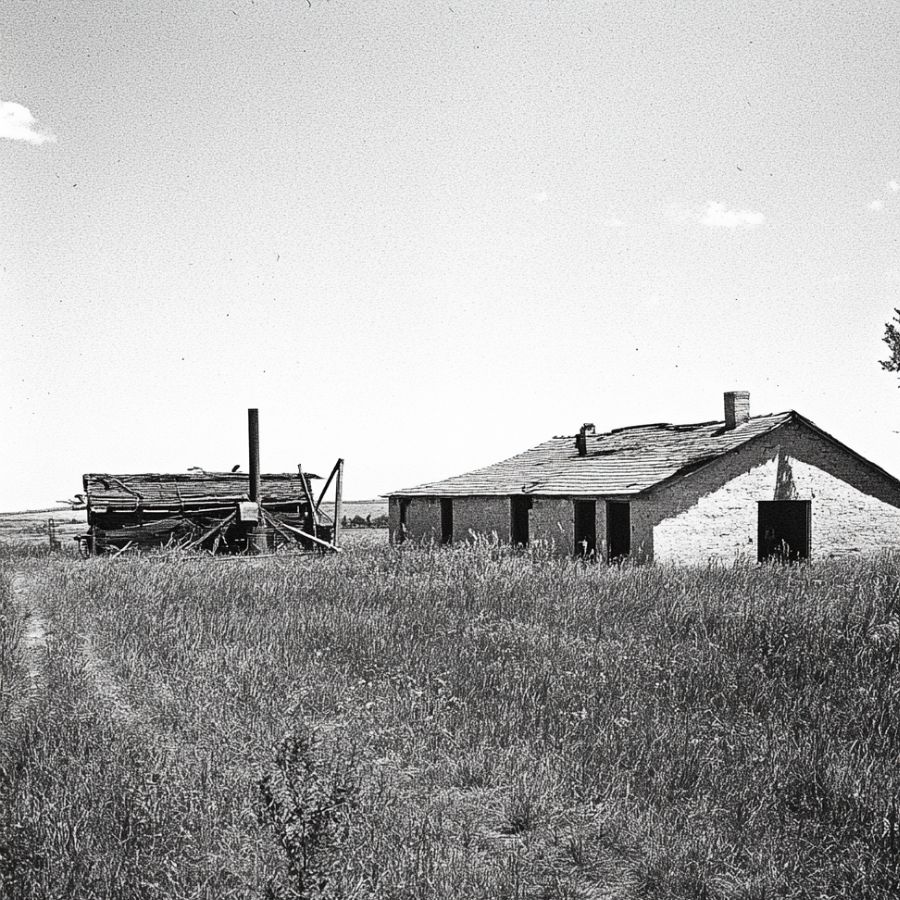
The Lost Soldier’s Cache refers to a crate of silver coins buried near Fort Buford, North Dakota by U.S. Army soldiers during a Lakota raid in 1873. Stationed to protect settlers along the Missouri-Yellowstone rivers, soldiers hastily buried the payroll near the fort’s east wall to prevent its capture.
Lieutenant Henry Jackson’s letters later referenced these “emergency stores,” confirming the cache’s existence but offering no precise coordinates, as raid-related record destruction erased its exact location.
Compounding the mystery, early maps reveal Fort Buford’s original walls, the burial site’s reference point, were 200 yards east of today’s reconstructed fort. This discrepancy suggests modern searches may be misdirected, as the landscape no longer aligns with 1873 landmarks.
How much the treasure would be worth today
The buried coins could be worth $1 million or more.
The Hidden Wealth of Marquis de Mores – $500,000+
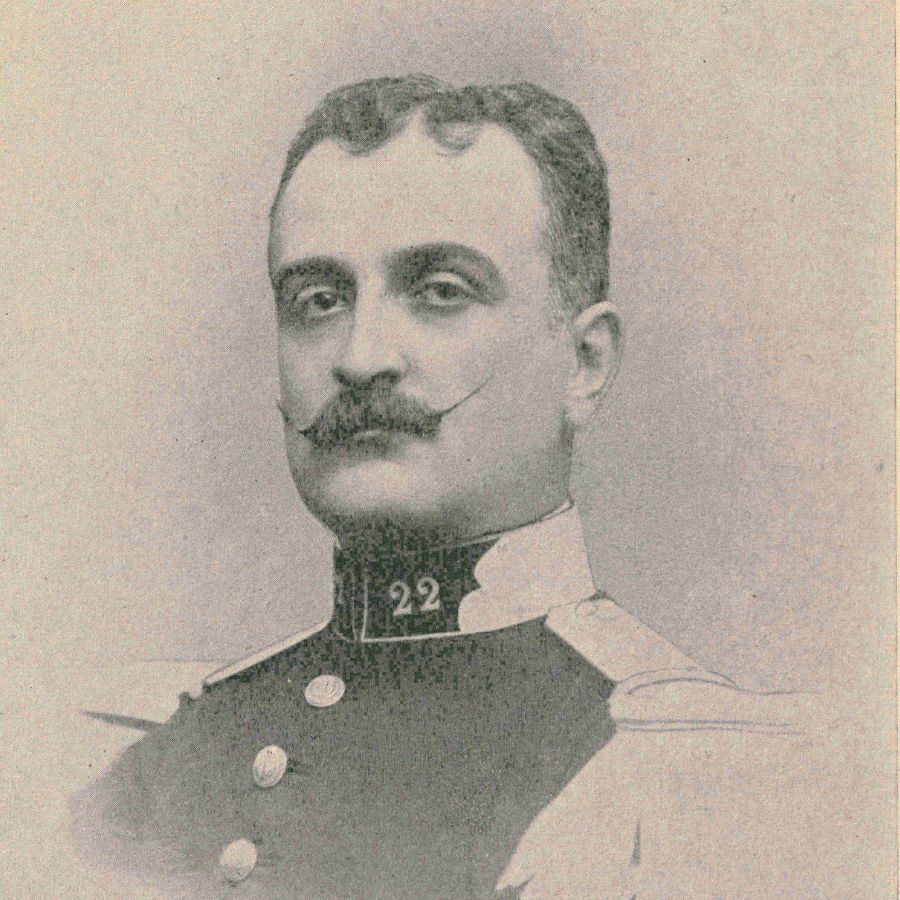
French nobleman Marquis de Mores arrived in North Dakota in 1883. He built a meatpacking plant and Chateau de Mores in Medora. By 1886, his business failed, and creditors demanded payment. Workers claimed they saw him burying metal boxes near his chateau stables.
The Marquis left abruptly for France, leaving behind unpaid bills. His wife later wrote about missing savings meant to restart the business. The stables burned in 1907, but treasure hunters still dig near the stone foundations.
How much the treasure would be worth today
The hidden savings might total $500,000.
Minot Area Jewelry Cache – $150,000+
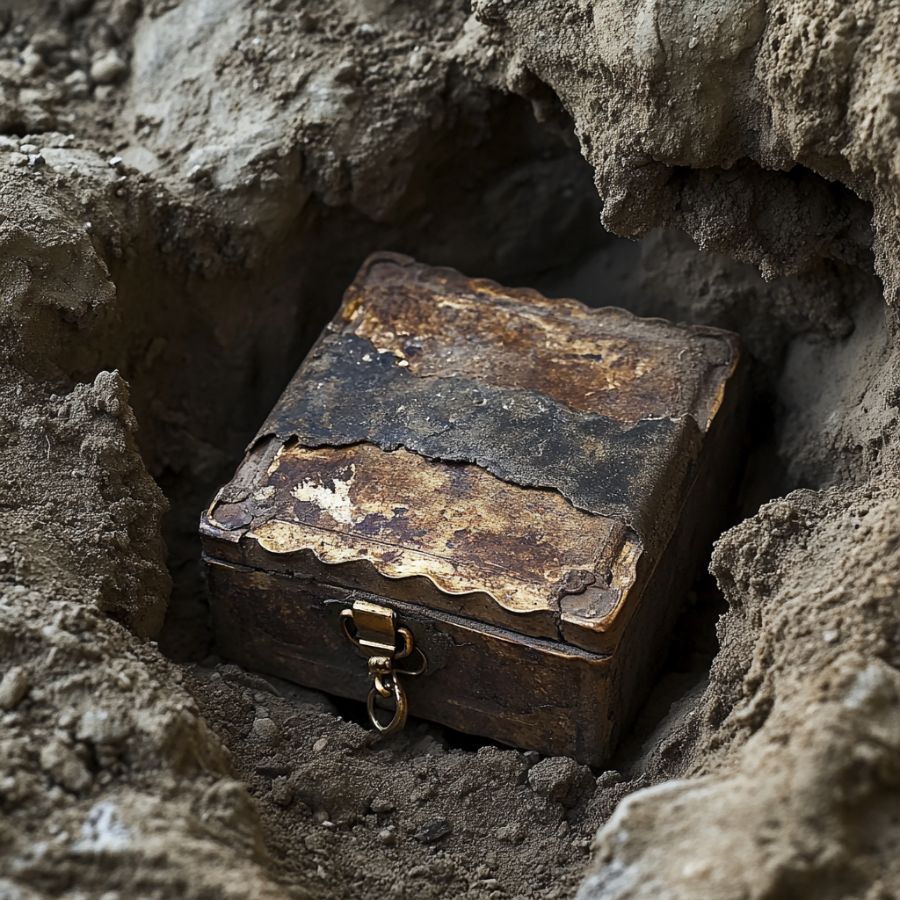
In 1932, a family fleeing the Dust Bowl in North Dakota buried heirlooms near Minot. A diary found in 1953 described a tin box with gold pocket watches, pearl necklaces, and diamond earrings. The family marked the spot with a carved rock but never returned.
The Souris River flooded in 1943, washing away landmarks. In 2011, a hiker found a rusted brooch near a collapsed farmhouse, sparking new interest. The main cache could still sit under farmland or roads built later.
How much the treasure would be worth today
The jewelry might be worth around $150,000 in today’s market.

